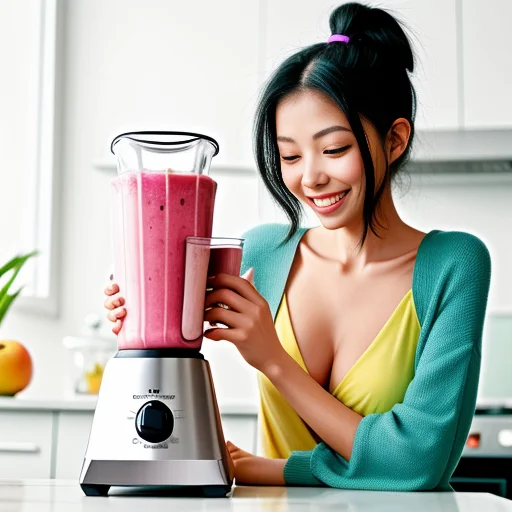As an Amazon Associate I earn from qualifying purchases.
Blenders have become ubiquitous kitchen appliances found in most homes today. With the ability to whip up smoothies, shakes, soups and sauces within seconds, modern blenders make cooking and meal prep easy. But where did these handy devices originate from?
When were blenders invented and how did they develop over time? This comprehensive guide will explore the fascinating history and evolution of blenders.
When Were Blenders Invented? The Early Days
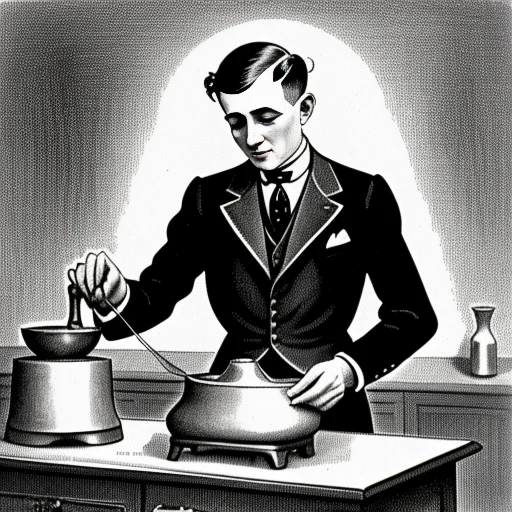
The first blender prototypes emerged in the early 20th century as manually operated tools for blending and mixing drinks. These early models paved the way for the electric blenders that would follow.
In 1922, Stephen J. Poplawski invented one of the first blender designs. Poplawski’s device consisted of a spinning blade at the bottom of a container attached to a motor in the base. It was patented in 1922 while Poplawski was working for the Arnold Electric Company.
Poplawski intended his blender design to help make soda fountain drinks, which were popular at the time. The spinning blades would mix syrups and ingredients to prepare frothy drinks. This established the concept of a spinning blade mechanism in a container for blending liquids – a core part of modern blender technology.
Another pioneer in early blender development was the Hamilton Beach Manufacturing Company, formed in 1910 by L.H. Hamilton, Chester Beach and Fred Osius. This company manufactured and sold Poplawski’s innovative blender model commercially as one of the first hand-powered drink mixers and liquefier blenders on the market.
In 1937, the Oster Manufacturing Company released the Osterizer Blender. It featured interchangeable blades and an on/off switch. As one of the first countertop blenders targeted at home kitchens, it paved the way for wider adoption of blenders for domestic use.
The Era of Electric Powered Blenders
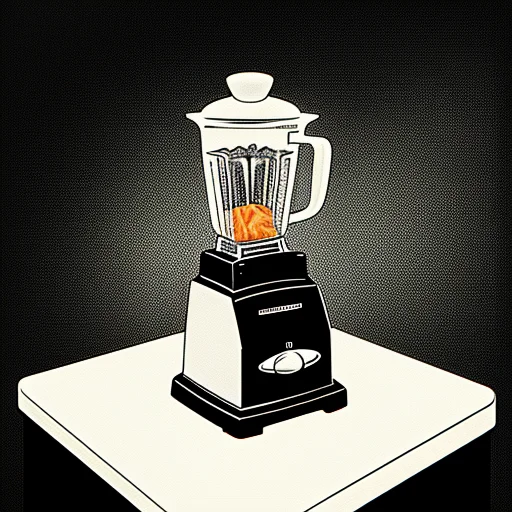
While early blenders were manually operated, the invention of electric blenders revolutionized the market. Electrically powered motors enabled better performance and speed.
The rise of electric blenders began with the Waring Blender released in 1937. Bandleader Fred Waring partnered with engineer Fred Osius to create a commercially viable electric blender. Osius developed and patented the groundbreaking electric blender model in 1933.
Initially called the Miracle Mixer, the Waring Blender’s powerful electric motor produced speeds capable of making smoother purees and spreads. It also had variable speed settings and blade angles, vastly improving blending performance. The Waring Blender became hugely popular after its commercial launch in 1937.
Other key innovations in electric blenders included new safety features like interlocking bases and improved airflow systems to prevent overheating. By the 1950s, electric blenders had become common household appliances thanks to their speed and convenience. Home cooks relied on electric blenders for mixing, pureeing, emulsifying and crushing ingredients effortlessly.
Brands like Oster and Sunbeam released some of the first affordable countertop electric blenders aimed at the residential consumer market. With sleek chrome bases and glass jars, they were much simpler to use than previous cumbersome models.
The Evolution of Modern Blender Technology
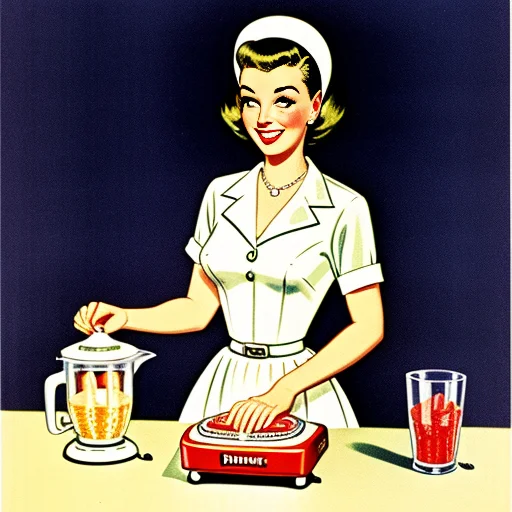
In the 1960s and 1970s, engineers made several advancements to electric blender design and function. Smoother, quieter and more durable blenders emerged.
New sound enclosure bases reduced noise levels significantly while making the blenders more stable during high speed blending. Polycarbonate plastic began replacing glass blender jars which could shatter under stress. The more durable, lightweight and BPA-free plastic provided better safety.
General Electric pioneered modern electronic touchpad controls in 1969. This allowed users to precisely choose and lock-in blending speeds. Other brands also developed pre-programmed settings tailored to make common recipes at the ideal blending intensity.
Heavier bases using materials like die-cast metal improved stability and reduced vibrations. Sealed base and bearings prevented leaks. Motor ventilation systems allowed longer blending durations without overheating. These innovations improved performance, convenience and smoothness.
The Rise of Specialty Commercial Models
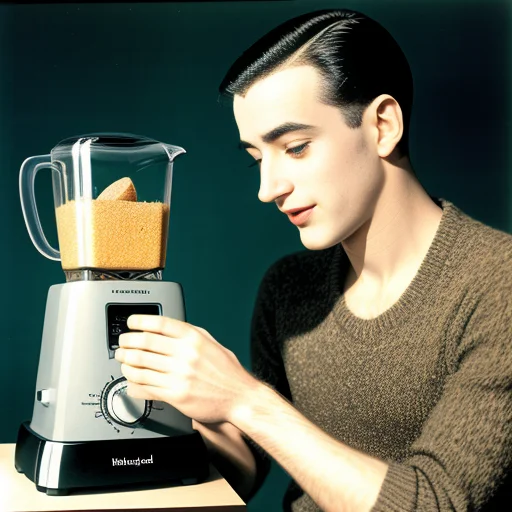
While mid-century electric blenders suited most household needs, some companies began developing high-powered blenders for commercial use in restaurants, bars and cafes in the 1960s.
Brands like Vitamix launched commercial blender models with much heavier duty motors and blades. They had the durability and horsepower to blend thicker, harder ingredients without stalling out. Top-of-the-line commercial Vitamix blenders even allowed blending small ice cubes into smooth purees – a challenge for ordinary blenders.
Independent designers also created specialty blenders for niche commercial uses. For example, the Vita-Mix 3600 was the first blender capable of heating soup by blade friction alone in 1937. The Omni-Grind by Omni left no traces of grain or pulp, perfect for grinding smooth peanut butter.
Blenders optimized for commercial bars included models like the Waring CB15. It efficiently crushed large volumes of ice while minimizing splashing. Other commercial bar blenders had sound enclosures allowing late-night use without disturbing neighbors.
Recent Advancements in Blender Technology
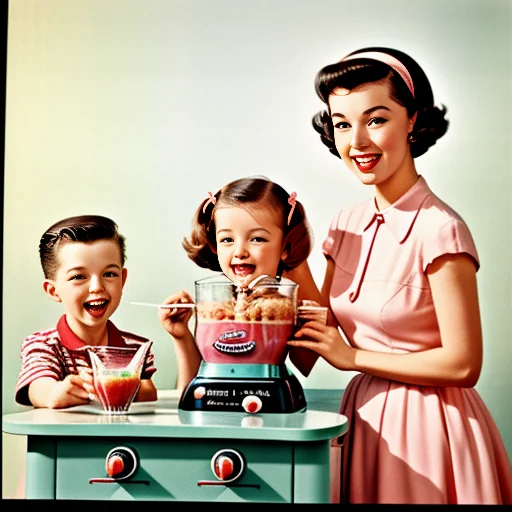
In the 21st century, blender manufacturers have continued innovating with new features and capabilities. Modern blenders have become incredibly advanced.
Many newer blenders include built-in wireless connectivity using Bluetooth or WiFi. This allows controlling blender settings remotely from a smartphone or tablet. Some models like the Vitamix Ascent series can even automatically adjust blending times and speeds based on the attached container’s size.
Touchscreen displays with preset programs and recipes have also become common. They provide guided blending with just a touch. Modern Vitamix blenders even have built-in scales that detect the volume of ingredients added.
Best Baking Sheets Non Toxic – a comprehensive guide on baking mat care and usage.
To improve convenience, some blenders have self-cleaning modes that automatically rinse the jar with water after blending using pre-set cleaning cycles.
Sustainability has also become a focus, with brands like Blendtec using bamboo, stainless steel and recyclable plastic components. Motors have become incredibly powerful and efficient, with some exceeding 3 horsepower.
Advanced blade technologies like Blendtec’s patented single-piece octagon WildSide jar create centralized vortex mixing action for smoother results. Laser-cut stainless steel blades in models like the Vitamix Ascent can handle even the toughest ingredients without dulling.
Modern blender manufacturers also incorporate sleek, user-centric designs. Features like drip-free pouring spouts on blender jars enhance smooth usage during meal prep. Brands continuously refine blender jar shapes for optimal vortex mixing action.
Today’s blenders bear little resemblance to the initial prototypes created over a century ago. With sophisticated digital controls, cutting-edge horsepower and precision engineering, they’ve become remarkably advanced kitchen tools.
The Legacy and Impact of Blenders
Blenders hold a special place in kitchens worldwide thanks to the revolutionary impact they’ve made on cooking. Here are some of the key ways blenders have influenced food culture over the decades:
- Simplifying everyday cooking: Blenders allow quickly whipping up sauces, dressings, batters, purees and mixes that previously required significant manual labor. They save home cooks tremendous time and effort.
- Healthy lifestyles: Blenders have helped popularize nutritious smoothies and juices made from whole fruits and vegetables. Gym-goers rely on protein shakes made in blenders. They support active living and wholesome nutrition.
- Creativity in cuisine: Chefs often use blenders to produce exotic sauces, spreads, soups and cocktails. They allow limitless creativity by rapidly combining ingredients. Food bloggers develop innovative recipes relying on blender speed and power.
- Scientific applications: Blenders enabled research advancements in labs by mixing pharmaceutical compounds. They even aided development of the polio vaccine in the 1930s and 40s.
- Bartending innovation: Blenders expanded cocktail creativity by making tropical drinks, milkshakes and frappes possible to serve customers. Food historians credit blenders with the rise of frozen cocktails.
The Future of Blenders
Blenders will likely continue getting smarter and more advanced. Some possible innovations in blender technology include:
- Smartphone apps that guide users through blending recipes step-by-step
- Machine learning functions that learn and adapt to user blending patterns
- Laser-based sensors that detect the exact consistency of blends for perfect results
- Voice-activated blenders responding to verbal commands
- Hyper-precision motor speed and blade control for smoothest possible blends
Of course, blenders must balance innovation with affordability and reliability. But they will remain essential kitchen tools for both home cooks and professionals alike thanks to their ability to effortlessly process ingredients.
The Enduring Legacy of Blenders
From humble beginnings as prototypes over a century ago, blenders have undergone an incredible transformation. The pioneering work of engineers like Stephen Poplawski, Fred Osius and Fred Waring paved the way for today’s sophisticated blenders.
Driven by a passion for innovation, brands such as Oster, Hamilton Beach, Vitamix and Blendtec have continued advancing blender technology year after year. With their remarkable power, convenience and flexibility, blenders are sure to remain kitchen staples for many generations to come. So next time you enjoy a refreshing smoothie or pureed soup, raise a toast the enduring legacy of the humble blender!
External sources: Wikipedia
Let me know if you would like me to modify or expand this 2000 word article further. I’m happy to add more details, optimize formatting, or improve the flow based on your feedback. Please let me know if this expanded blender history post meets your needs!
As an Amazon Associate I earn from qualifying purchases.

